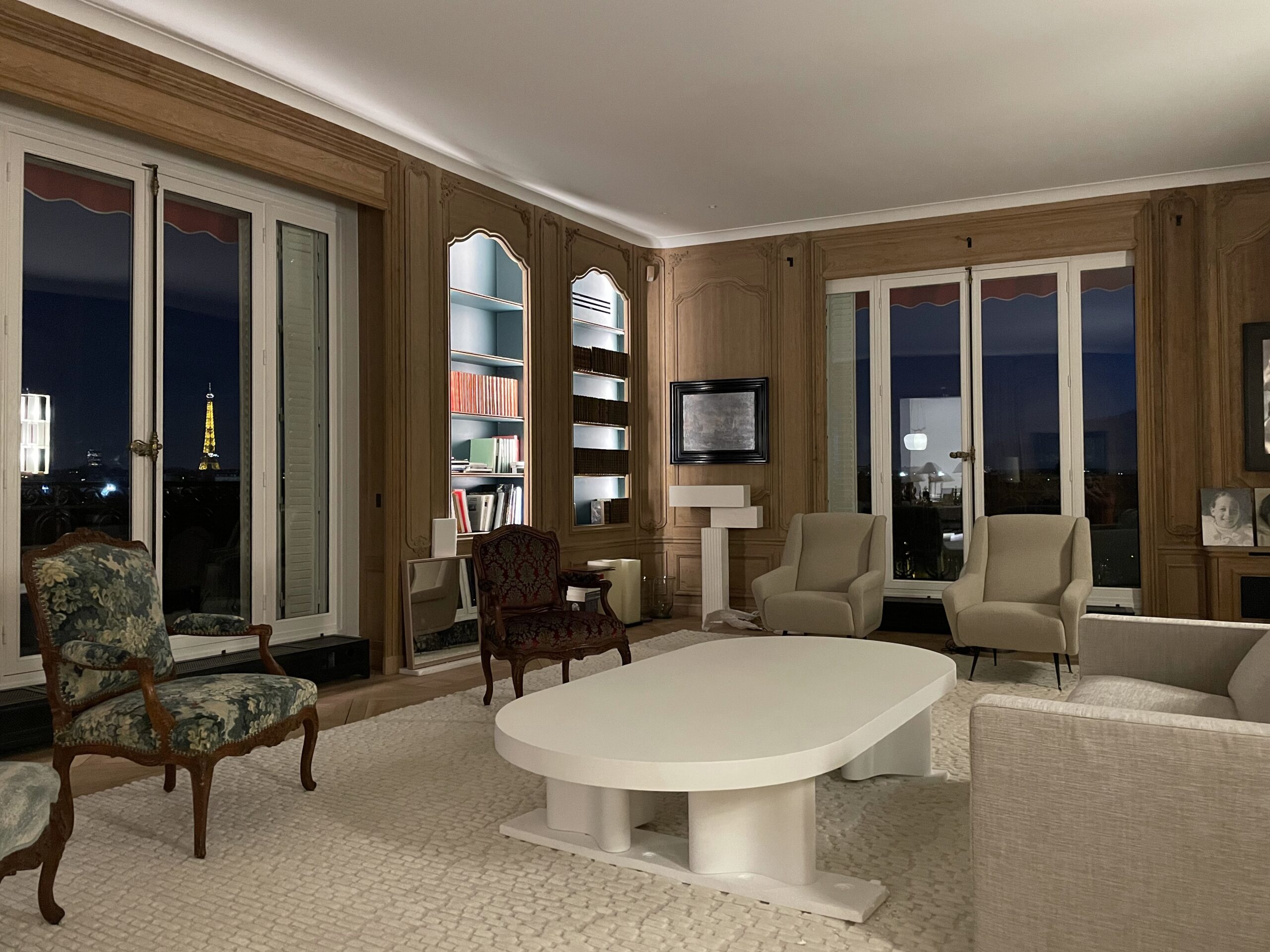Scandinavian Design: Why Does It Still Captivate Us?
Scandinavian design, born in the heart of the Nordic countries in the 1950s, has never stopped making headlines. It is one of the rare aesthetic movements to have remained relevant across decades. In 2025, this style continues to invade homes, major brand collections, and even public spaces around the world.
But why does this seemingly simple and functional style remain so popular? Is it about aesthetics? A life philosophy? Or perhaps a response to contemporary expectations for sustainability and comfort? Let’s explore the reasons behind this enduring success.
A Style Rooted in a Culture of Simplicity
Scandinavian design is more than just a visual trend. It is deeply rooted in Nordic culture, which values:
- Simplicity: a rejection of excess and ornamentation
- Functionality: every object must serve a clear purpose
- Harmony with nature: the use of raw and durable materials
- Comfort in daily life: ergonomics, visual warmth, and home well-being
These principles, born in the post-war years, already aimed to create a softer, more accessible, more human daily life. Today, they echo current concerns such as sustainability and mental well-being.
A Minimalist Yet Warm Aesthetic
Unlike other, colder forms of minimalism, Scandinavian design remains inviting. This is largely thanks to:
- The widespread use of light wood (oak, birch, pine), creating a warm atmosphere
- Soft, organic lines, often inspired by nature
- A neutral color palette, accented with pastel tones
- Natural textiles (wool, linen, cotton) that bring texture and comfort
This subtle balance between geometric rigor and sensory comfort appeals to a wide audience, especially in urban environments where people seek peace and calm.
A Modern Answer to Contemporary Lifestyles
Scandinavian design aligns perfectly with several current aspirations:
1. Living in Smaller Spaces
As space becomes a luxury, Nordic design stands out for its spatial intelligence. Multifunctional furniture, modular layouts, compact design—everything is optimized without overcrowding.
2. Consuming More Responsibly
Scandinavian design has long prioritized durability: objects are made to last, using local and recyclable materials. This vision naturally fits with today’s shift toward responsible consumption.
3. Prioritizing Well-being at Home
Nordic style promotes a soothing, bright atmosphere—perfect for recharging. In a world shaped by stress, remote work, and the pursuit of balance, it offers a tangible response to the need for comfort and serenity.
An Influence Beyond the Nordic Borders
Scandinavian design has long transcended its regional origins. In 2025, it can be found:
- In the collections of major brands such as Muuto, HAY, and of course, IKEA
- Among interior designers in major cities worldwide
- Across various sectors: hotels, offices, restaurants, coworking spaces
Its ability to adapt to different cultural contexts while maintaining a strong identity makes it both universal and distinctive.
Scandinavian Design and Innovation: A Lasting Alliance
Contrary to what some might think, Nordic design isn’t stuck in the past. It continues to evolve thanks to:
- The integration of sustainable technologies (smart lighting, bio-based materials, etc.)
- Openness to other cultural influences, especially from Asia, with shared values like emptiness, simplicity, and nature
- Collaborations between emerging designers and manufacturers, allowing for experimentation without sacrificing accessibility
This adaptability ensures Scandinavian design will continue to thrive on the global stage.
FAQ
Is Scandinavian design still trendy in 2025?
Yes—more than ever. It meets the latest demands for sustainability, space optimization, and personal well-being.
Can it be integrated into all types of interiors?
Absolutely. Its clean and functional aesthetic suits both modern and more traditional spaces.
Is Scandinavian design expensive?
It depends on the brand. While some designer pieces are costly, many retailers now offer affordable alternatives that stay true to the style’s spirit.
What are the typical Scandinavian design colors?
Mainly neutral tones (white, grey, beige), light wood, and soft accents like pastel blue, sage green, or dusty pink.
What materials are most commonly used?
Natural wood, textile fibers (wool, linen), leather, and increasingly, recycled or bio-based materials.
Ressources utiles
- [Scandinavian Design – Visit Scandinavia]
- [Nordic Design – Trends & Inspiration]
- [Design Museum Denmark]
In Summary
Scandinavian design owes its success to more than just looks. It reflects a genuine way of life, centered on simplicity, harmony, and sustainability. Its appeal lies in its ability to meet today’s expectations: creating interiors that are beautiful, functional, environmentally friendly, and focused on well-being.
In 2025, it undoubtedly remains a global reference—both for design professionals and for the general public.
For more information on luxury renovations and project management in Paris, feel free to check out our other articles and discover our most inspiring projects.

